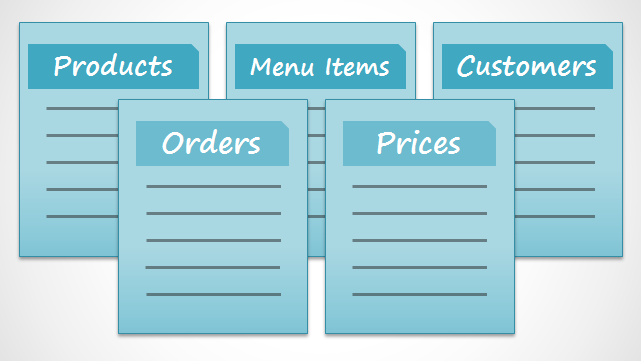Introduction to Database and Data Models
I believe this will be of help to folks who are not associated with Databases or their management on a daily basis.
What is database?
Database is a collection of Information that is systematically organised so that it can be easily accessed or managed.
What is DBMS?
Software or program designed to manage data (retrieve, modify or delete) are referred to as Database Management System (DBMS). Best example of Database Management System includes MySql, PostgreSQL, Microsoft SQL Server, Oracle, MongoDB etc.
Data can be organised in many models, such as Hierarchical database model, Network model, Relation model, Entity-relationship model, Object model, Document model, star schema etc. The most popular data models are:
-
Relation Model
-
Document Oriented
-
Object Oriented Model
Relation Model
In this model, Data is organised in tabular format. A table has rows and columns, where rows represents records and columns represent the attributes. Every table has relationship defined with one or more tables. These are usually referred to as Relational databases and we use RDBMS (Relational DBMS) to manage these databases. Examples of relational DBMS are Oracle, MySql, Postgres etc.
Document Oriented
In this model, data stored as key-value, document etc rather than structural tables. A document oriented database stores and retrieves data from documents such as XML, JSON, BSON and so on. Document oriented databases are also referred as NoSQL (Non SQL) databases. Best examples of Document oriented DBMS are Mongodb, Cassandra etc
Object Oriented
In this Model, Data is represented in the form of Objects as used in Object-oriented programming. Data is stored as objects and can be interpreted only using the methods specified by its class. Examples of OODBMS are EyeDB, Zope, FramerD etc.
Stay tuned for more…
Also published on Medium.

